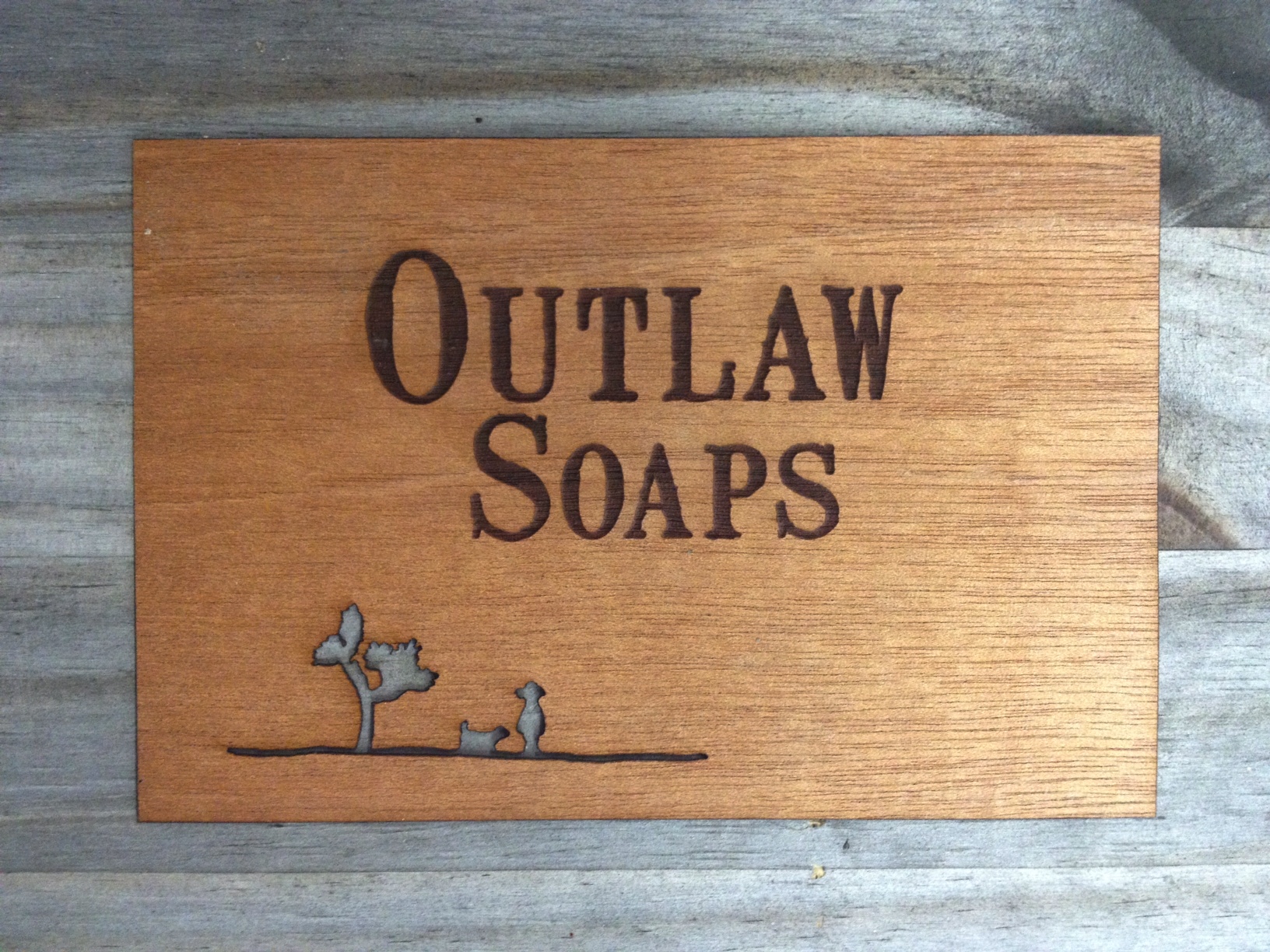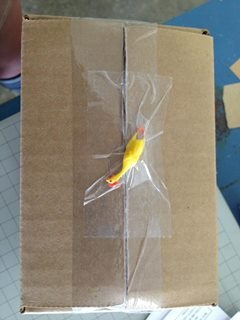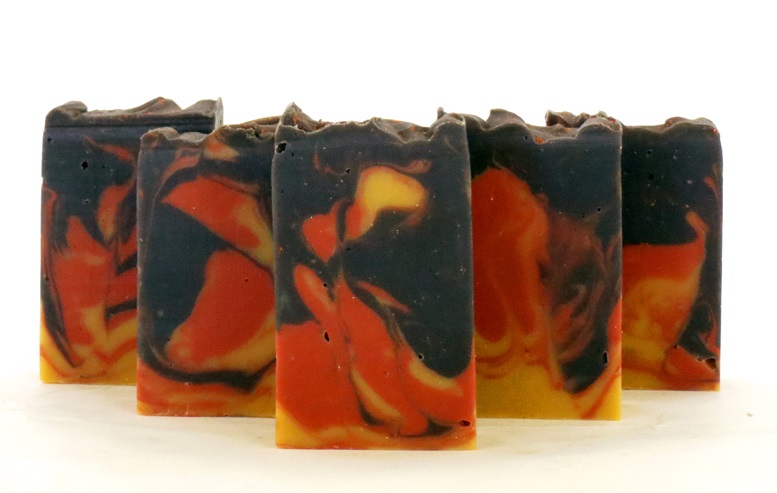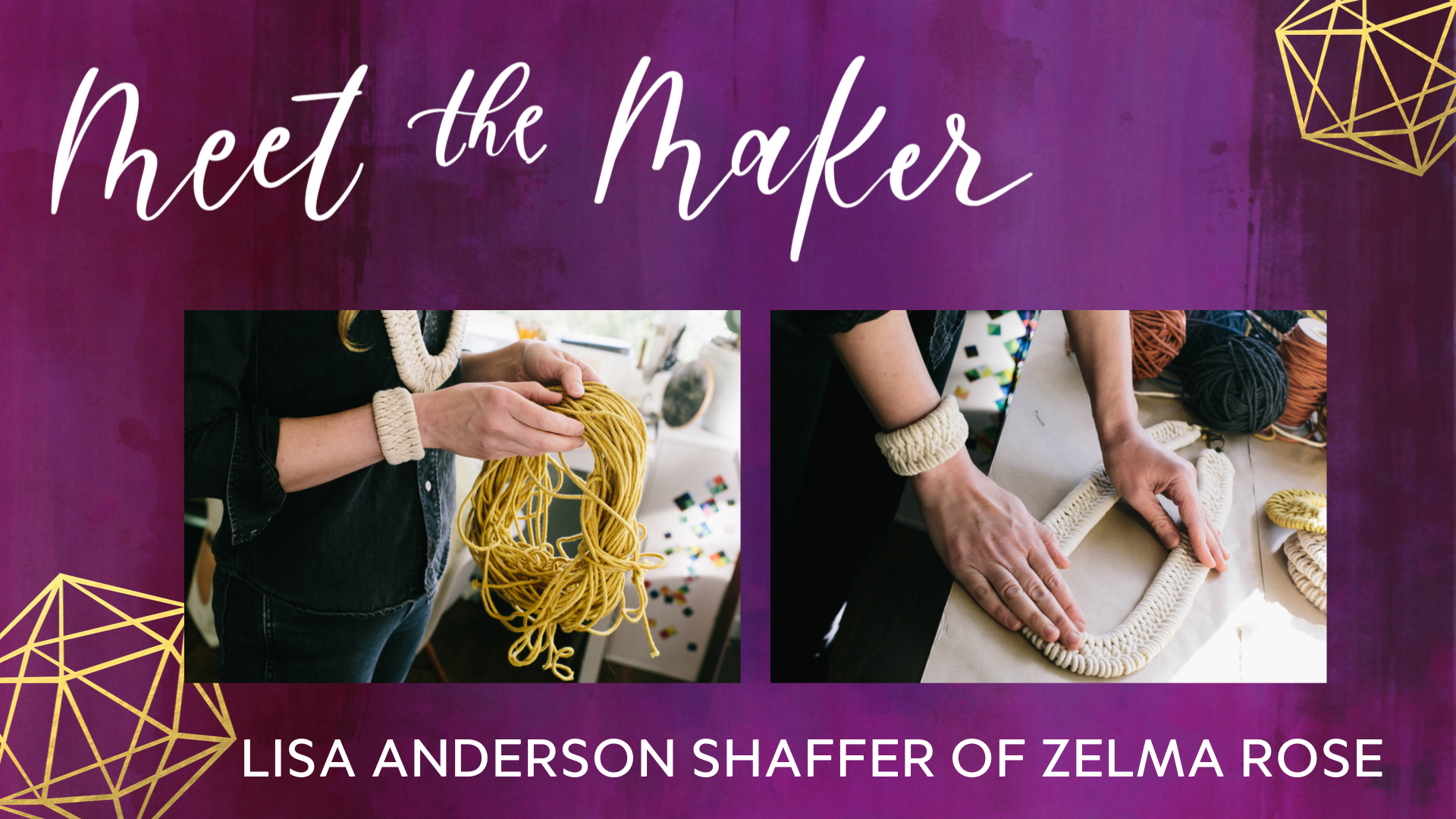I first offered to write a really easy “3 steps to pitching to blogs” post, but as I was writing, I realized that no, pitching to blogs is not easy. It’s hard. It requires a lot of writing and sending and ignoring the fact that no one has written or called back. It requires a lot of faith to keep going, even when it feels like a meaningless slog, like you’re pitching your stories into the abyss.

Know that it is hard.
But also know that you have to do it, and more importantly, you have it in you to do it. Because you do have it in you.
The most important piece of advice I can give you is that you must make a commitment to doing it regularly. I have made a commitment that I will reach out to at least one blogger and one print press person every week. Even if I’m up at 4:00 in the morning on Saturday writing my pitches, I have committed to doing it (my schedule resets on Sunday).
For a long time, I was in the trap of “waiting for inspiration.” I can wait for inspiration for years and never have it strike. Why? I’m lazy and it’s scary. As long as I have the excuse of “I can’t do it today because I’m in a bad mood and it’s going to suck,” I’ll never write anyone.
I have a list of things that I must do every week and I get a reward if I finish them all. And I don’t get the reward if I don’t finish them. I know that sounds basic, but one of my rewards is going to my favorite restaurant for dinner and even if I’ve made plans with people to meet for dinner, I can not, under any circumstance, go to dinner at my favorite restaurant. Even if I have to break plans or be “rude,” I explain that I didn’t do my checklist and I can’t go.
Side note: After I started explaining the checklist to my friends, they started helping me with my list so I can go out with them. It’s very cool.
My goal is very modest (one blog pitch and one print pitch) each week, because pitching is very time consuming and also because it’s expensive to send out a lot of samples.
Finding Your Target
The #1 most important thing about reaching out to press and bloggers is that you have to do it!
Before you write anyone, you have to figure out the best people to write! There are lots of different kinds of blogs: business blogs, magazine-style blogs, personal blogs, advice column blogs… there’s a blog for everything. Some of them will write about you and some just won’t.
I started by finding a company that was similar to mine in terms of market, and then I looked at what blogs had written about them. You might already know what blogs you want to pitch, but I am not very savvy, so I needed a launchpad.
If you enjoy your own brand (and I hope you do), these blogs will probably be interesting to you anyways. Go ahead and subscribe to their newsletter and bookmark them, since you’re going to need to get to know them.
If you have some blogs in mind, do a search for your kind of product on the blog. Have they written about anything like you in the past? One of my favorite bloggers, The Blogess, wouldn’t write about any of my products even if I smothered them with strawberry jam and dipped them in white chocolate. (well, she might write about how her mailbox was filled with ants because this total nutjob decided to send jam in the mail, but I digress…)
Have the blogs written about your type of product? Awesome! If not, do they write about products at all? If they don’t write about products at all, drop them like a hot potato and do not spend any more time on them. Even if you could somehow convince them to even mention you in passing, it would take a much bigger time investment than is worthwhile.
How engaged are the readers of the blog? Do the posts have comments or are they an echo chamber? If you look at the Facebook “like” button, are all the posts a big 0, or have people been sharing the posts?
You don’t have to necessarily discount blogs without comments or likes, but put them in the “lower investment” category. When I’m up at 4:00 in the morning on a Saturday, I prepare my “low investment” pitches (though don’t send pitches on Saturdays. More on that later…).
Find Out Where They Are
Before you start writing, make sure you can even send them anything at all. I’ve gotten all sauced up for a blog only to find that they only have a contact form that may well go into a black hole. In this case, write them a quick and casual note asking if you can send them samples and move on. If it’s impossible to reach a person, there’s no point in wasting your time.

Most of my pitches contain the following:
1. a letter of introduction
2. five samples that I think their readers will enjoy
3. a full size bar, in packaging
4. a bumper sticker
5. a micro-chicken (it’s just for fun and is one of my signatures)
The Pitch Letter
If you’ve been following your target blogs, then the pitch letter is a million times easier. If you haven’t, take the time to get to know your blog and preferably the individual writers. Some writers will be really into your type of product and some just won’t, so it’s worth your time to figure out to whom you should address your letter.
If you can’t find a singular name, do not start your letter with “to whom it may concern.” Until they read through your letter, no one fits this description. I start with something friendly and a little cheeky (such is my brand). For my pitch to The Awesomer, I stated the letter with “Hello about-to-smell-awesome you!”
Personally, I prefer a formal business letter format with my logo at the top. Casual as I am, if I’m going to print out a letter on paper, I want it to look nice. I’ve even got embossed woodgrain paper, since it fits my brand.
My first paragraph is only one or two short sentences and is always something about them. I want the person reading the letter to know that this is not a form letter, that I actually have been to their blog and that is why I have chosen to write them.
And then I get right into the pitch, because (let’s be honest) they’re only interested in figuring out what they’re looking at. I start that sentence with “Enclosed, you will find some amazingly scented soaps:” and then I launch into a bulleted, quickly scanned list of the samples and their description (not long description, more like Fire in the Hole – campfire, gunpowder, sage, whiskey, and bacon).
After the bulleted list, I tell them that I have also included a full size bar of xyz soap.
If you think the letter to this point sounds pretty terse, you’re right. Every single friend of mine who works in the press says that even a few paragraphs is too much.They just want to scan it in two seconds to figure out if it’s what they want, and throw it away if it isn’t.
By the time they get to the part that I’ve included a full bar of soap, I figure they’re either not even reading the letter anymore and it’s flying towards the garbage, or they’re so in love that they are infatuated with how I could possibly be so amazing. I want them to know they’re not alone.
Before I even get into anything that I personally say about my company, I include a press quote (I happen to have been blessed with a really perfect quote, but if anyone has written anything favorable about you, include that quote). If no one has written anything about you, include a favorable review from a customer. It’s only one sentence, but it describes us so perfectly that I include it on practically everything I write (Urban Daddy recently wrote: “If you could somehow fuse the general feel of colonial America with the general mad genius soap-mastery of Tyler Durden from Fight Club, you’d get… something really weird. Like these soaps. Which, by personal hygiene fragrance standards, are a little weird. Good weird.”)
And then I include something about how their readers would enjoy the soap and give my contact info.
Why don’t I include anything about me or the business? Because if they are interested in the soaps, the soaps speak for themselves. If they want to write about us, they’ll come to our website. They may even reach out personally.
Have a friend proofread the letter. And another friend. Tell them it needs to be really brief. Spelling errors or typos are not acceptable.

The Soap
I include five samples that are specifically selected for the blog or, if I was able to identify a single person, the blogger herself. Sometimes I even stalk the blogger by googling them and looking at pictures that come up, trying to imagine what kind of soaps they would enjoy.
The Follow Up
I send every package with a tracking number so that I can make sure it arrives. A week after the package arrives, I send a follow up email with new information that I just wanted them to know, and, oh, did you get the samples?
It Is Pointless, Until It Is Suddenly Not Pointless
This whole exercise is pointless 90% of the time. I know. Awful, right? But that 10% that’s been fruitful has led to a five-fold increase in sales in one month, and a lot of other follow up press from other bloggers.
Don’t take short cuts. You must slog through week after week of ignored mailings and emails.
One week, I was just at my wit’s end. I couldn’t think of a single media outlet to reach out to except one of my favorites, but I just didn’t feel ready (see? lazy and scared). But I pitched anyways. I sent a package to the Editor with a small chicken taped to the outside. I figured if I could just get someone to open the package, I was 70% there.
And then no one got back to me. And no one got back to me. And no one got back to me.
For three weeks. And then their Associate Editor tweeted at me saying that they LOVE my soaps and asked where he can get more. I tweeted back, we got in a dialog, and as it turns out, I’m going to NYC (where they’re based) next month, so I asked if he wanted to get together, and he said we could do an interview!
An interview with my favorite publication. Just because of this terribly dull slog. And I spent weeks thinking my package had gone into the garbage, and in that time pitched Sunset (who has since requested info for their gift guide) and I emailed back and forth with Jezebel (who said they loved the soap but it wasn’t right for their publication — totally fair). So don’t give up.
After more than 10 years as a corporate digital product manager for such sites as Oprah.com, ABC.com, and ABCFamily.com, Danielle Vincent quit her career and pulled up her rubber gloves to make a living manufacturing and selling soaps as Outlaw Soaps. Her experience with social media, product management, web analytics, business, and design have made Outlaw Soaps into a personal experiment as she finds out what happens when she applies her largely digital learnings to the real world.





Thanks for sharing Danielle! This gave me just what I needed to press on!
Awesome article – thank you Danielle! I have a little granola company and REALLY need to start pitching bloggers. I, too, am lazy and scared. : ) This is a huge help – thank you.
Great advice! Such a good reminder that we have to keep at the marketing, even when the effort doesn’t pan out right away. I am a fan of instant gratification, so I can give up too easily when the going gets tough. Thank for this great post!!